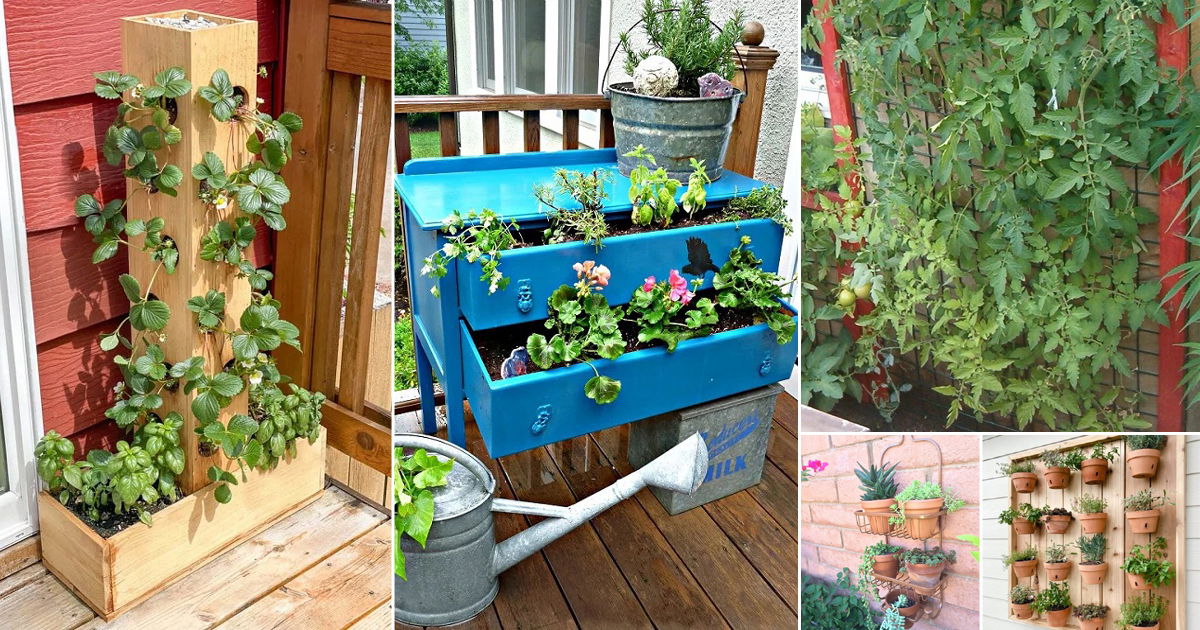Urbanization has engendered a unique set of challenges for aspiring gardeners. As cities burgeon, the availability of expansive green spaces diminishes. However, this does not preclude individuals from cultivating their own gardens, even in confined quarters. Small space gardening emerges as a feasible solution for city dwellers, offering a plethora of benefits including enhancing mental well-being, promoting sustainability, and fostering community connections. This discourse delves into the intricacies of establishing a flourishing garden in limited spaces, elucidating key strategies, innovations, and inspirations drawn from those who have pioneered similar paths.
The journey of small space gardening commences with understanding the environmental context. Urban locations differ significantly in terms of climate, soil quality, and sunlight exposure when compared to traditional rural settings. Accordingly, it becomes imperative to assess one’s unique circumstances before embarking on this horticultural venture. Key considerations include identifying the specific microclimates within the urban landscape, the availability of sunlight, and the potential for vertical planting.
Microclimates present themselves as localized climatic conditions that can differ drastically even within a few square meters. For instance, areas adjacent to buildings may retain more heat, whereas those with significant tree cover may experience cooler conditions. To optimize planting strategies, one must discern these variances. Utilizing tools such as sun sensors or simply observing how sunlight travels across one’s space can enable aspiring gardeners to choose the most suitable plants for their environmental context.
In tandem with climatic assessments, understanding the quality of soil available for cultivation is essential. Urban gardeners often face challenges associated with contaminated or depleted soil. Raised garden beds or container gardening can circumvent these issues by allowing for the introduction of nutrient-rich soil and organic compost. This also mitigates the risk of soil-borne contaminants infiltrating the gardens. As the demand for organic produce escalates, incorporating vermicomposting or other composting techniques can further enhance soil quality while fostering a sense of agency within the urban landscape.
Strategic Plant Selection: Choosing the Right Flora
The selection of plants is arguably one of the most pivotal aspects of small space gardening. It is imperative to choose species that not only thrive in one’s specific conditions but also fulfill the intended culinary or aesthetic desires of the gardener. Edible plants, particularly herbs and vegetables such as basil, tomatoes, and peppers, are excellent contenders for container gardens, owing to their compact size and high yield potential.
Moreover, integrating native plants into the urban garden can bolster local biodiversity and promote ecological resilience. These plants are inherently adapted to the existing climatic conditions and typically require less maintenance. By enriching urban environments with native flora, gardeners can foster habitats for local pollinators, disproportionately benefiting the surrounding ecosystem.
Additionally, vertical gardening techniques can exponentially increase planting potential within limited spaces. Structures such as trellises, wall planters, and hanging pots capitalize on vertical real estate, allowing gardeners to cultivate more plants without requiring additional horizontal space. Wall-mounted planters or repurposed pallets create visually appealing displays, transforming small balconies or patios into verdant sanctuaries.
Innovative Container Gardening: Expanding Boundaries
Container gardening emerges as a particularly advantageous approach for urban horticulturists. By utilizing pots, bins, or other receptacles, one can effectively circumscribe planting areas while simultaneously enhancing mobility. This format not only conserves space but also endows the gardener with the flexibility to reposition plants according to changing sunlight conditions or aesthetic preferences.
The diversity of available containers is staggering. From traditional terracotta pots to repurposed household items such as old shoes or tin cans, creativity knows no bounds in container gardening. Each vessel, regardless of origin, can serve as a portal to cultivating a personal connection with nature, imparting a sense of accomplishment and self-sufficiency.
Furthermore, incorporating innovative irrigation systems can facilitate moisture management, particularly in small spaces where traditional watering methods may prove cumbersome. Drip irrigation systems or self-watering pots minimize water waste and ensure plants receive consistent moisture, which is paramount in urban settings where exposure to sun can exacerbate soil drying.
Cultivating Community: The Social Fabric of Urban Gardening
Beyond the individualistic benefits, small space gardening inherently cultivates community bonds. As urban gardens sprout, they often become communal hubs for residents, fostering cooperation, shared resources, and collective knowledge. Community gardens serve as accessible platforms for collaboration, where individuals from disparate backgrounds can unite over a shared passion for greenery and sustainability.
Establishing a community garden requires concerted effort and democratic governance. Forming a committee to oversee the project, delineate responsibilities, and establish guidelines can empower participants and ensure equitable access to resources. Such initiatives not only bolster social cohesion but also propagate environmental stewardship through collective action, thereby enhancing the community’s ecological footprint.
Moreover, educational outreach is integral in these communal settings. Workshops focusing on organic gardening, permaculture practices, or sustainable living can disseminate knowledge and cultivate skills among participants, enriching the community’s horticultural acumen. This exchange of knowledge reinforces an ethos of environmental responsibility, fostering informed citizens who prioritize sustainability in their daily lives.
Conclusion: The Legacy of Urban Resilience
The modern urban gardener embodies a spirit of resilience and creativity, forging pathways in environments traditionally deemed inhospitable to gardening. As individuals reclaim their agency over urban landscapes through small space gardening, they contribute not only to their personal wellbeing but also to the broader ecological health of their communities. Through strategic planning, innovative practices, and collaborative efforts, the urban gardening movement thrives on the premise that even the smallest spaces can foster boundless growth. This legacy, ignited by the pioneers of urban gardening, can inspire future generations to continue sowing seeds of change in the fertile ground of our cities.
As this discourse illuminates the myriad opportunities and strategies within small space gardening, it becomes evident that urban spaces need not be devoid of nature. Inspired by the collective journey of urban gardeners, we are reminded that resilience flourishes in the most unexpected of places, and it is through nurturing our connection to the earth that we can inspire a sustainable future.









Leave a Comment